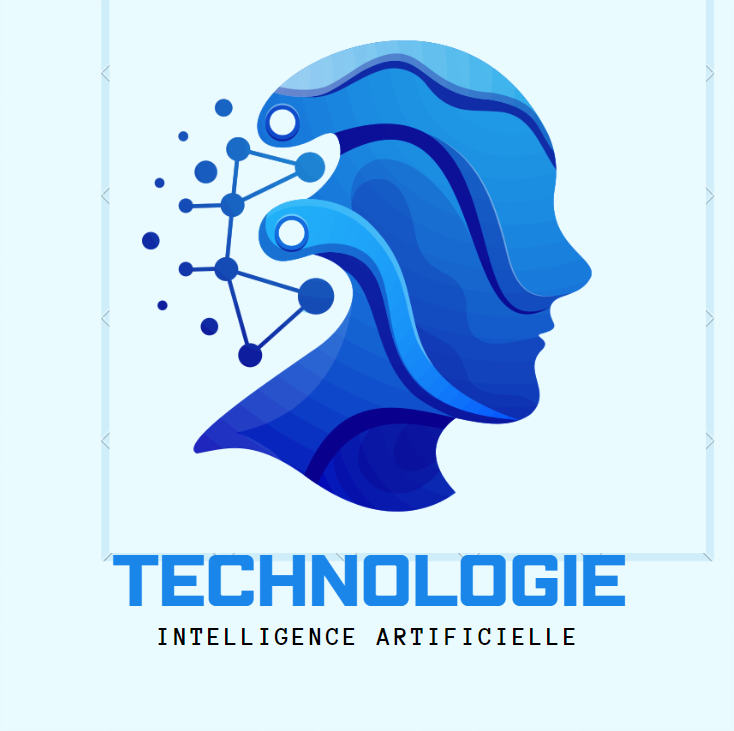Artificial Intelligence and Machine Learning
AI refers to the simulation of human intelligence processes by machines, while ML is a subset of AI that focuses on the development of algorithms and models that enable Together,
 |
| Artificial Intelligence and Machine Learning |
AI and ML have applications across various industries, including healthcare, financ transportation, and entertainment, revolutionizing the way we interact with technology and solve complex problems. Some key areas within AI and ML include natural language processing, computer vision, reinforcement learning, and neural networks
what is the difference between AI and machine learning?
Artificial intelligence (AI) is a broader concept that refers to the development of systems or machines capable of performing tasks that typically require human intelligence .Machine learning (ML) is a subset of AI that focuses on the development of algorithms and statistical models that enable computers to learn from and make predictions or decisions based
? How does artificial intelligence work
Artificial intelligence (AI) works through the use of algorithms and computational models that mimic human cognitive functions such as learning and problem-solving. Here's a simplified overview of how AI works:
- Data collection: AI systems require large amounts of data to learn and make decisions
- Data preprocessing: Before feeding the data into AI algorithms, it often needs to be cleaned, transformed, and structured to make it suitable for analysis.
- Algorithm selection: Different AI tasks require different algorithms. For example, machine learning algorithms like decision trees, neural networks, or support vector machines may be used for pattern recognition tasks.
- Training the model: In supervised learning, the AI model is trained on labeled data, where the input data is paired with the correct output.
- Testing and evaluation: After training, the model is tested on a separate dataset to evaluate its performance. This helps assess how well the model generalizes to new, unseen data.
- Deployment and inference: Once the model is trained and evaluated, it can be deployed to perform inference on new data. Inference involves using the trained model to make predictions or decisions based on input data. Throughout this process, AI systems may iterate and improve over time as they receive more data and feedback. Additionally, AI techniques can vary depending on the specific task or problem being addressed, ranging from symbolic reasoning and expert systems to statistical methods like machine learning and deep learning.
